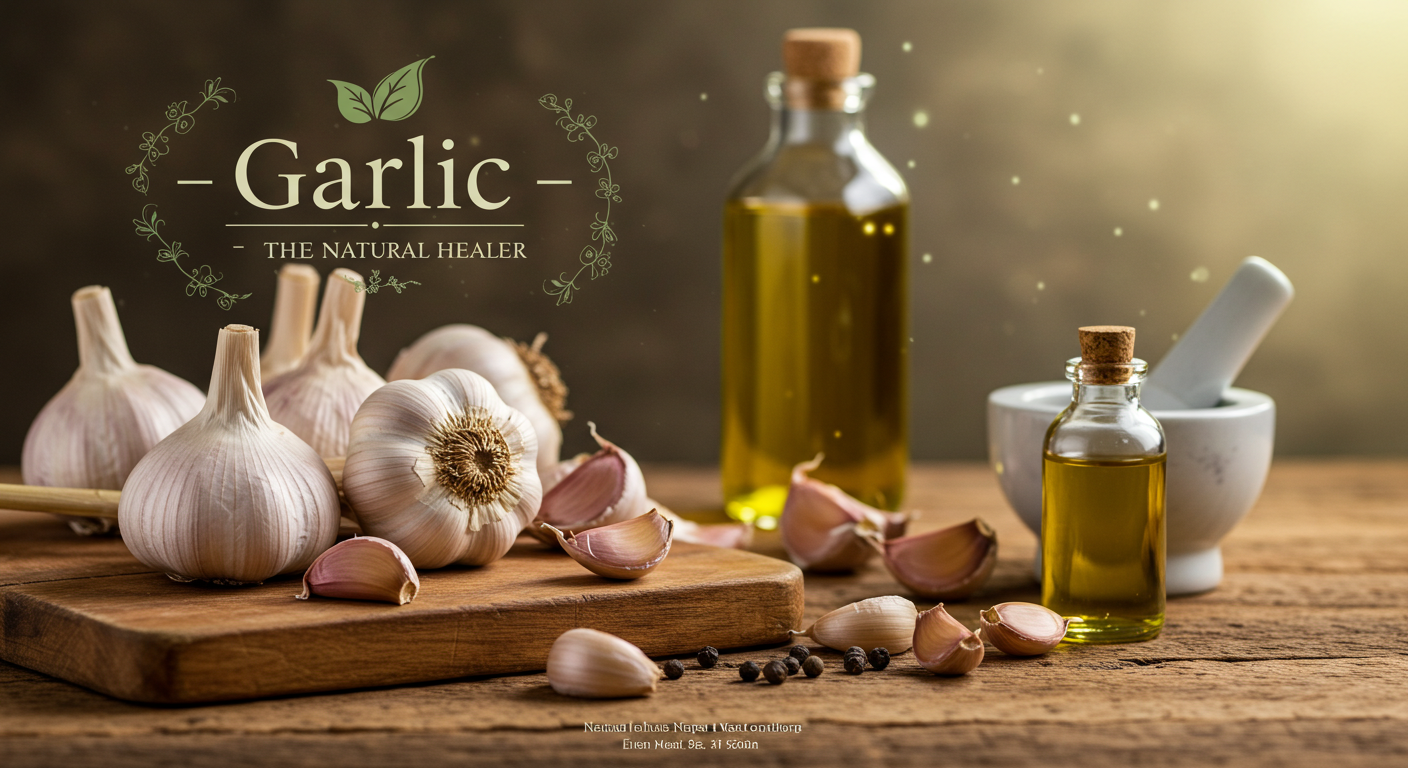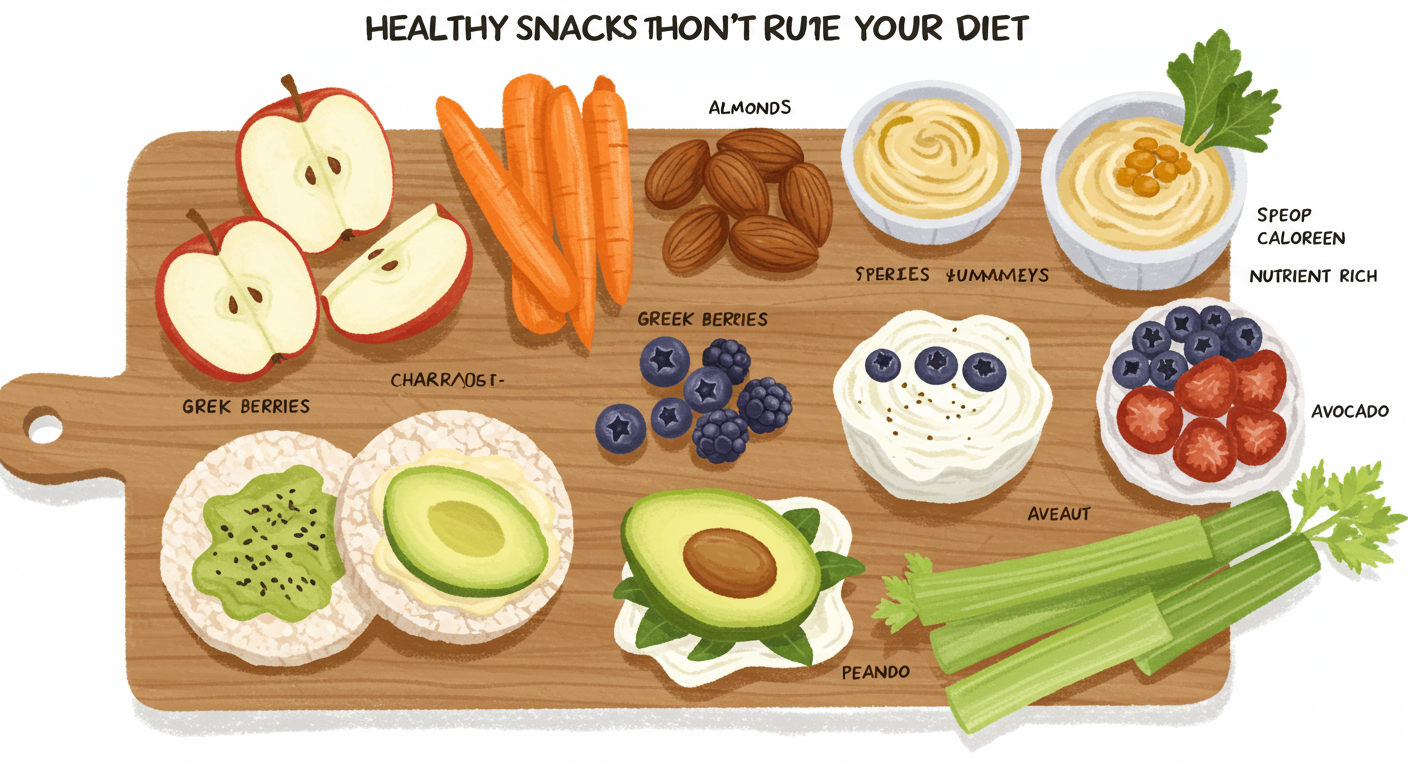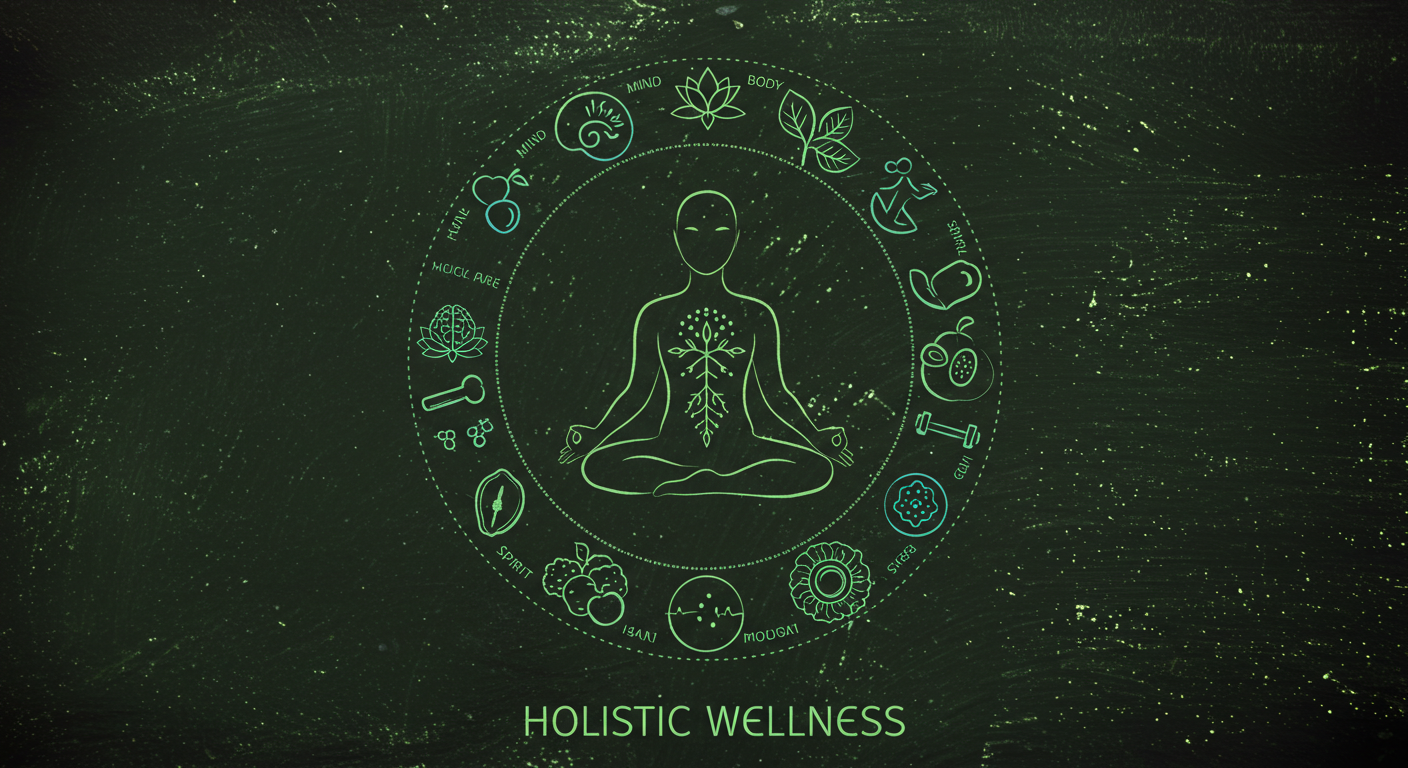Why Garlic Is a Health Powerhouse
Growing up, my grandmother always added garlic to her soups and sauces, swearing it kept our immune system strong. Current research backs her up, showing garlic’s real health benefits come from its medicinal properties. When you chop, crush, or chew a garlic clove, sulfur compounds like allicin, diallyl disulfide, and S-allyl cysteine form, creating strong biological effects as they enter the body through the digestive tract and travel to vital organs. A 2016 study found that aged garlic extract (AGE) taken for 3 months during cold and flu season can boost your immune system, leading to less severe symptoms and fewer days missed from school or work. Scientists also note its antiviral properties may prevent viruses from entering host cells or replicating, offering protection against the common cold.
I’ve noticed that eating garlic raw or lightly heated helps me feel less fatigue, especially after a long day. Ancient civilizations used garlic as one of the earliest performance-enhancing substances, helping laborers improve work capacity. A 2023 study showed it didn’t directly improve cyclists’ 40-km time trial, but it reduced exercise-related oxidative stress and muscle damage, hinting at physical performance benefits. Garlic supplements, taken for more than 2 months, can lower blood pressure and total cholesterol, including LDL (bad cholesterol) by up to 10%, per a 2018 research review. The World Health Organization links high blood pressure (hypertension) and cholesterol levels to cardiovascular diseases like heart attack and stroke, major causes of death. Garlic’s effect is similar to blood pressure medications but with fewer side effects, as a 2020 review found, noting a 16% to 40% lower risk of cardiovascular events.
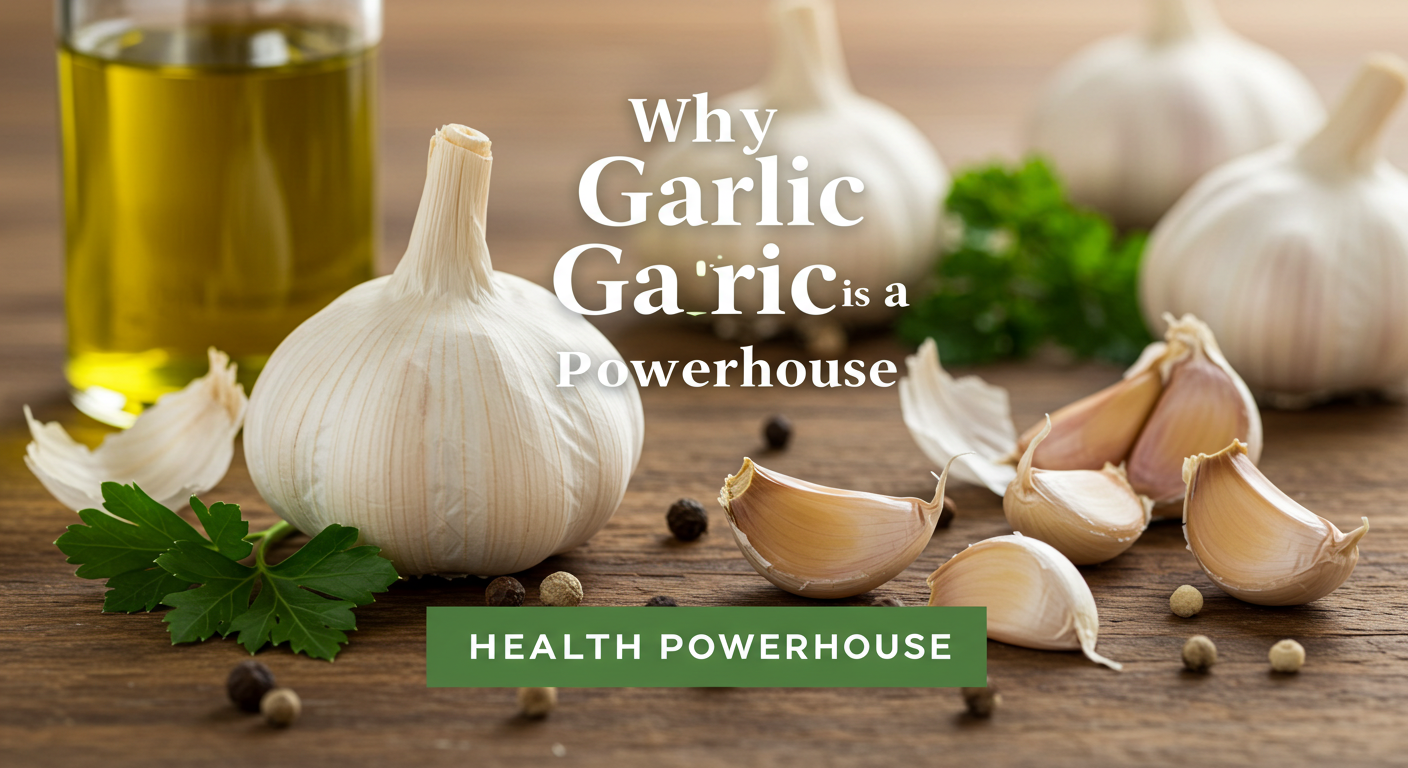
Garlic also supports the body’s protective mechanisms against oxidative damage from free radicals, which speeds up the aging process and cognitive decline. A 2019 review suggests allicin may limit angiotensin II, a hormone that increases blood pressure, helping blood vessels relax for easier blood flow. Antioxidants in garlic may reduce the risk of Alzheimer’s disease and dementia, the most common form of cognitive decline, though human research is needed to fully understand this potential. A 2019 Chinese study showed older adults who consumed garlic at least weekly lived longer than those who ate it less than once a week, likely because it helps defend against infectious diseases that threaten weakened immune systems. Experts believe garlic’s benefits make it a plant in the onion family with distinctive taste and health perks.
Garlic is easy to include in your diet, adding a strong taste to savory dishes like soups, sauces, or a simple salad dressing made with whole cloves, extra virgin olive oil, and a bit of salt. But there are downsides—bad breath is real, and some people may be allergic or face negative effects like GERD or blood clotting issues if on blood-thinning medications. Always talk to a doctor before drastically increasing garlic intake. My tip? Follow the 10-minute garlic rule: let fresh garlic stand after cutting or crushing to maintain allicin, as it degrades when heated. Garlic is safe for most people in amounts used in food preparation, making it a delicious way to add health benefits to your current diet.
Can Garlic Keep You Healthy?
I’ve always loved the delicious kick garlic adds to my daily menu, but a conversation with my doctor opened my eyes to its health-promoting powers. Modern science, backed by the National Center for Complementary and Integrative Health (NCCIH), shows garlic has been traditionally used to treat health conditions like high blood pressure, high cholesterol, heart disease, and even different types of cancer. Folk uses are now supported by modern scientific studies, though some jury is still out on its full effects. Research from a 2020 research review and 2024 research review suggests raw garlic and garlic supplements contain allicin, a compound that helps relax smooth muscles in blood vessels to dilate and lower blood pressure, especially for those with chronically high blood pressure (hypertension). This can help reduce the risk of heart attack and other cardiovascular issues.
The NCCIH also notes garlic may slow the development of atherosclerosis, a condition where cholesterol-containing plaques build up in arteries, causing them to harden and narrow, raising the risk of heart attack. But when I tried adding more garlic to my diet, I found researchers have examined its effect on blood cholesterol levels with mixed results, showing no significant effect on lipid levels or blood sugar levels in some cases, as the clinical data is limited and needs more validating. A 2019 study reviewing garlic’s components suggests it has potential to prevent and manage different cancers by helping regulate carcinogen metabolism, stop cancerous cell growth, and limit spread, invasion, or migration. It may even diminish negative effects of anticancer therapies, though these findings aren’t conclusive for humans and require more research to validate anti-cancer claims.
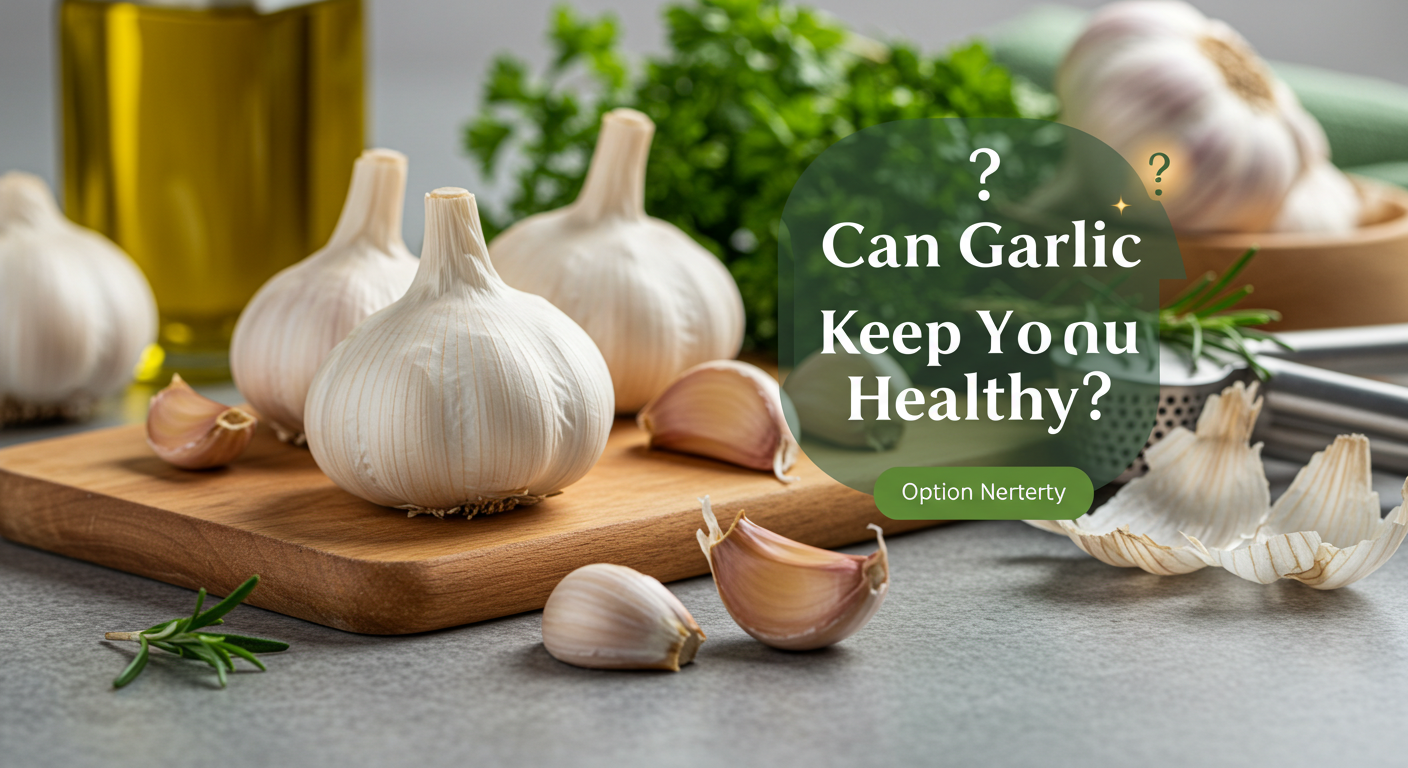
I was surprised to learn from my healthcare team that garlic is deemed safe by the Food and Drug Administration (FDA), but it comes with possible risks like bad breath, flatulence, body odor, heartburn, or upset stomach. For those with a bleeding disorder or upcoming surgery, garlic can thin blood, making it risky, so always consult your healthcare team before taking garlic supplements or adding them to your treatment regimes. My doctor advised discussing any health concerns or issues related to cancer or other conditions before changing my medication or supplements. The guidance on amounts and dosing protocols is still needed, as benefits may be small and vary by clinical setting.
Garlic’s nutrient-rich nature makes it a delicious addition to any diet, harnessed for centuries in traditional medicine and home remedies. While it’s not a cure-all, its phytochemicals offer general health benefits tied to disease prevention. I now make it a habit to discuss with my healthcare team before taking supplements to ensure I’m balancing potential benefits and risks. My experience taught me that garlic’s health perks are worth exploring, but you should always talk to a doctor for information on how it fits your specific health needs.
Boost Your Health with AGE Garlic
Last winter, I started taking aged garlic extract (AGE) daily after catching a cold that kept me out of work for days. Garlic, known for its anti-microbial and immune-stimulating activities, can help prevent and fight a range of infections, including cold and flu. A study showed that healthy adults who took AGE for three months had less severe symptoms and missed fewer days of school or work, functioned better than those on placebos. I noticed this myself—my recovery was faster, and I felt stronger. AGE also shows potential anticancer activity, particularly against gastric, colorectal, tumors, and cancers, which makes it a promising health ally.
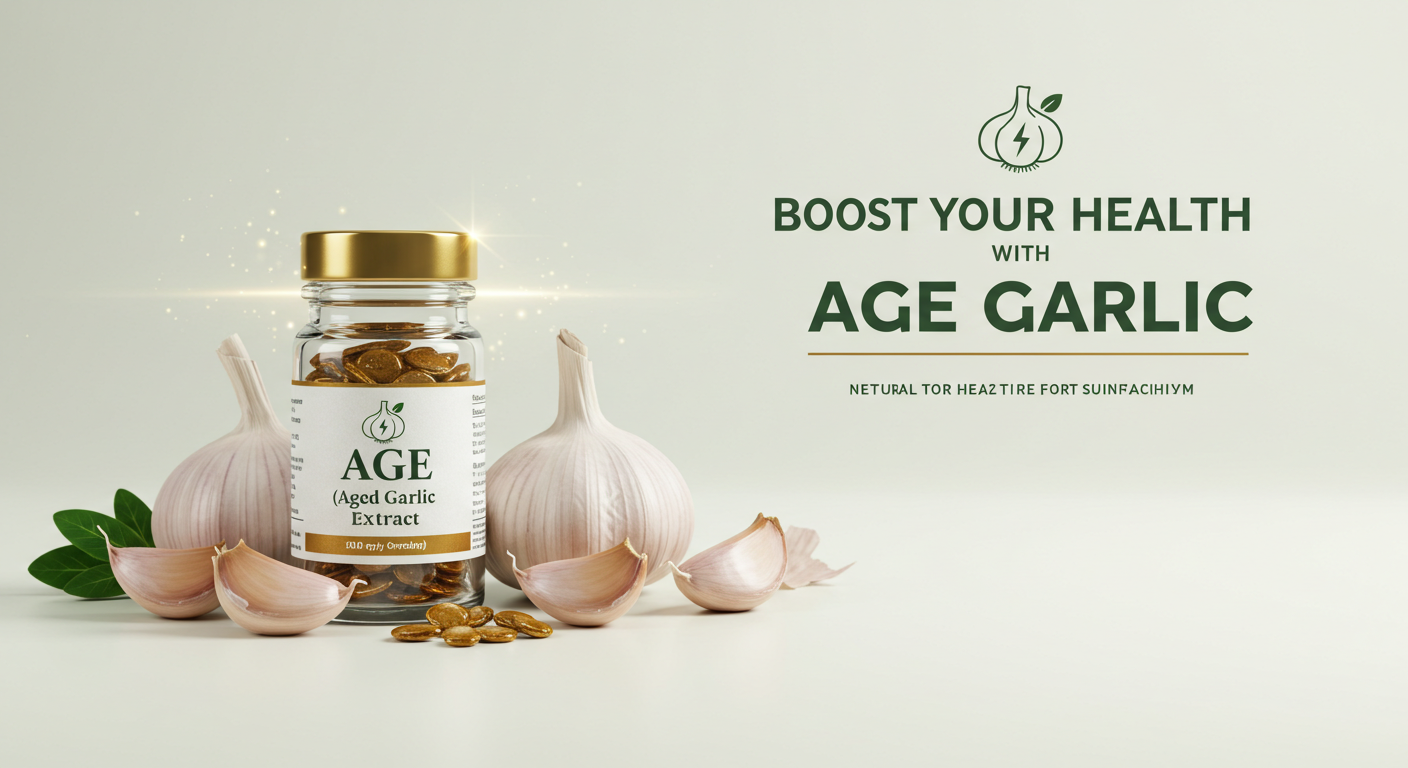
Beyond immunity, AGE offers cardiovascular benefits. A small 12-week double-blind trial with fifty-one participants found that 1.2 grams daily of AGE reduced mean blood pressure by 5 points on average, with responders ( 29 out of 50 in the garlic group) seeing a drop of 11.5 in systolic and 6.3 in diastolic blood pressure compared to placebo. This cholesterol-lowering effect and action as a cardiovascular tonic help with uncontrolled hypertension, though study results are mixed. AGE also works on reducing inflammation in the blood-vessel lining, as Susan Percival, one of the study’s authors, noted in a six-week placebo-controlled randomized trial where 3.6 grams of AGE powder in divided doses significantly lowered two markers of obesity-induced inflammation in obese adults. The mechanism isn’t clear, but consumption of AGE can produce an anti-inflammatory effect.
I also learned AGE supports metabolic health by regulating blood sugar. In a study of people with metabolic syndrome, AGE increased levels of adiponectin, a hormone involved in blood sugar control. This is exciting for anyone managing health challenges like mine. While garlic’s benefits are impressive, the effect varies, and more research is needed to confirm its full impact. Adding AGE to my routine has been a game-changer, making me feel more resilient against infections and inflammation while supporting my cardiovascular health.
Garlic’s Healing Power Explained
I’ve always kept garlic in my kitchen, not just for its bold flavor but for its celebrated medicinal properties, a staple in natural medicine for centuries. As Allium sativum, garlic is rich in sulfur compounds like allicin, which bring anti-inflammatory, antibacterial, and antioxidant effects. When I started dealing with occasional back pain, I learned studies show these compounds can combat inflammation linked to muscles, nerves, and surrounding tissues, potentially reducing pain and swelling. Garlic also enhances circulation, helping oxygen and nutrients reach affected areas for tissue repair and recovery, offering relief from mild to moderate discomfort. My trick? Chop or crush 1–2 cloves of raw garlic daily to activate allicin before consuming it in meals or garlic tea to soothe systemic inflammation.
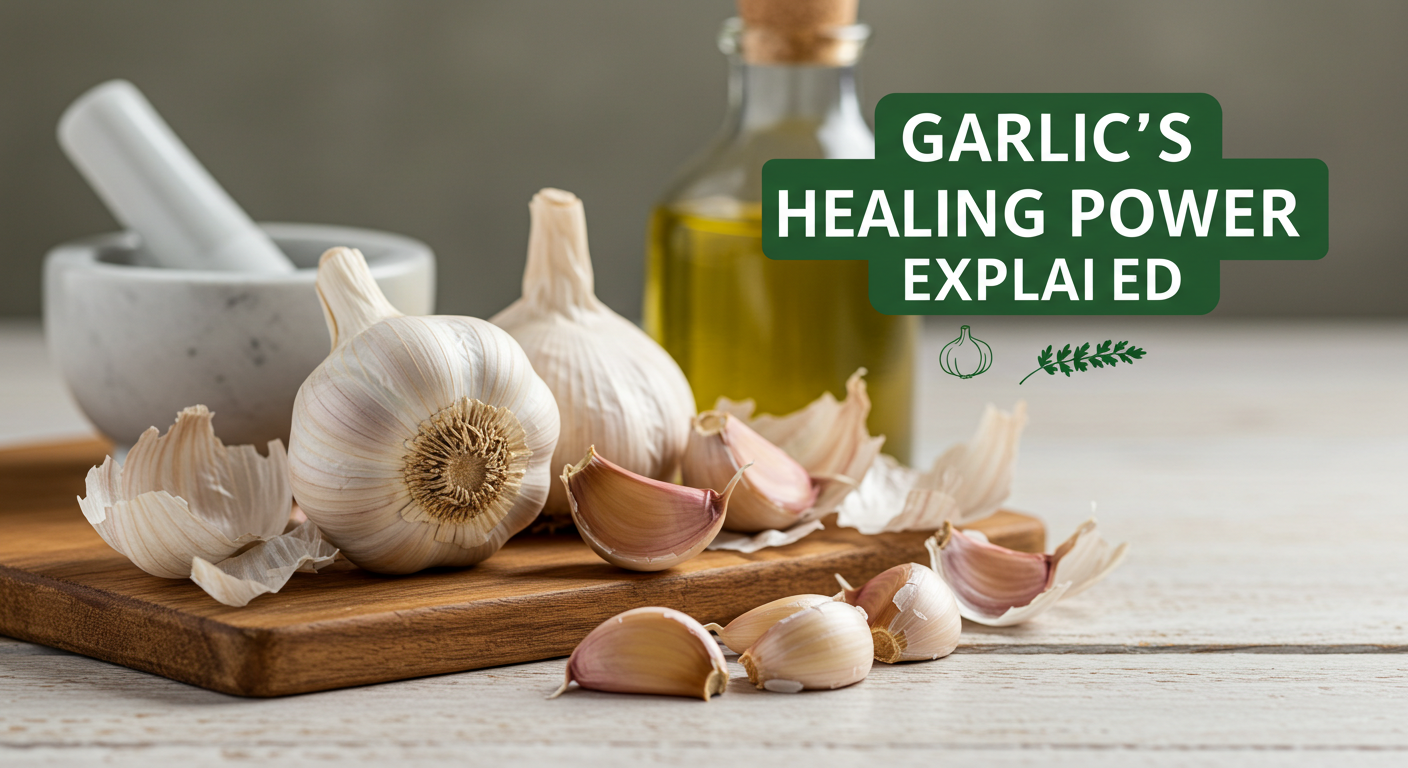
In Ayurveda, the ancient Indian system of medicine, and folk medicine across cultures, garlic has been a go-to treatment for muscle and joint pain. I tried applying garlic paste or garlic-infused oil topically through massage, feeling the warmth penetrate my skin to alleviate pain and stiffness. Traditional recipes like roasted garlic cloves or ingesting garlic with honey or milk help manage internal inflammation. While scientific evidence on garlic’s direct impact on musculoskeletal conditions is limited, research suggests it can complement pain management strategies alongside physical therapy or medication. Garlic isn’t a miracle cure for chronic or severe back pain, so consult a healthcare provider or medical professional to determine the underlying cause and explore appropriate treatments, especially if you have existing conditions or are taking medications. For safety precautions, test a small amount of garlic oil or garlic compress to avoid skin irritation, digestive discomfort, or burning sensation, and combine it with anti-inflammatory foods like leafy greens, berries, and nuts in a balanced diet for comprehensive back health.






